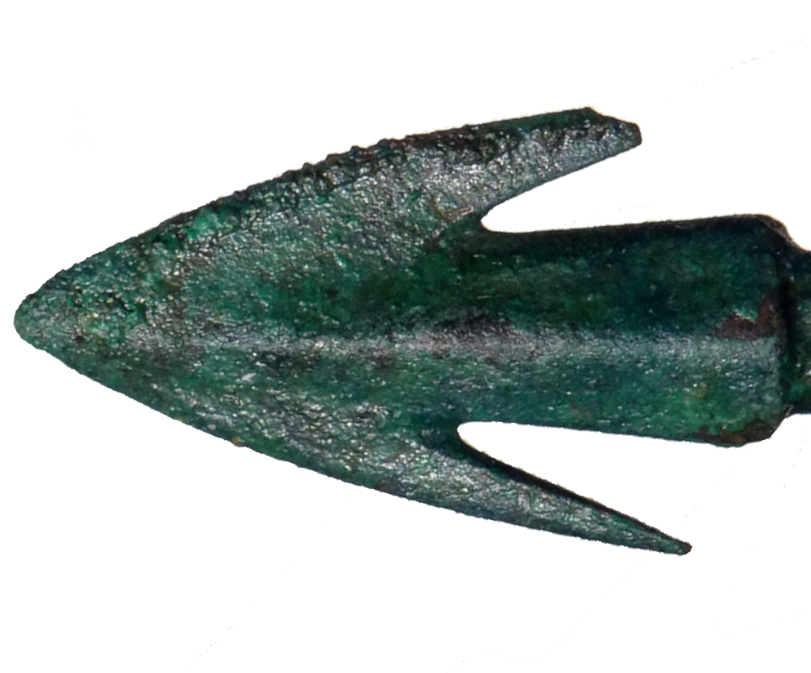Kallner-Amiran (1952)
THIS paper presents a revised catalogue of earthquake occurrences in Palestine, based on various published data for the Near East. The catalogue of Bailey Willis (W),(References in brackets, as well as references at the right to the bibliographical list at the end of the paper. f the line in the catalogue, refer) compiled after the last major earthquake from recognized earthquake catalogues, has been revised and embodied in the present list with supplementary and additional data. The list of tremors has, of course, been brought up to the date of the present writing in 1951.
A basic source for many of the compilations has been the work of es- Soyuti (A1); the author is indebted to the late Mr. St. H. Stephan, then of the Department of Antiquities, Government of Palestine, for putting at his disposal a revised translation of it (A2). For the period 1860-1914 the original meteorological records of various stations in the country (Jerusalem, Hebron, Gaza, Sarona, Jaffa, Nazareth, Tiberias and others), now in the archives of the Meteorological Service of Israel, have been perused. Information about earthquake shocks i from 1937 onwards has been compiled from press reports and from the records of the Meteorological Service of Israel.
The present list does not include earthquakes occurring before 100 B.C., their dates and particulars being too uncertain.(Earthquakes in biblical times have been included by N. Shalem in his analysis of "The Earthquakes in Jerusalem", Jerusalem, 2, 1949, pp. 22-60 in Hebrew).
Where old sources report only Syria as the area affected, the author has not included the earthquake in this list unless it could be established that Palestine was specifically involved. It does not necessarily follow that because the region's main seismic area Alexandretta, ancient Antiochia has suffered an earthquake, the whole of the Eastern Mediterranean coast lands will likewise have been affected.'
It would be worthwhile to submit the data on earthquakes in Palestine and the Near East to thorough seismological analysis which would provide clues to the tectonic structure and seismic affinities of the area. A question which particularly deserves closer investigation is: Ã which seismic areas and centref.do affect Palestine and bring about seismic effects here? Sieberg (S) and Sidlite have done valuable work in this respect and their researches certainty should be continued. A contribution towards one of the many problms involved will be offered in the second part of this paper.
Seismic grades, where given,' conform to the Mercalli-Cancani scale, as revised by Sieberg,' 'filch classifies earthquakes in twelve grades, the first two of which are licro seismic, i. e., recorded by instruments only.
All times are Local (GMT + 2 hours).
The sign + after the t.a.r indicates that the earthquake may have occurred in that year or in the following one, as the source gives the year according to the Moslem (Hira) era without specification of month and day.
The author's thanks due to Messrs. E. N. Rosenan and M. Avi-Yonah, and to the late Mr. St. I-Stephan, for having supplied him with many data embodied in this eatable, and to the Director, Meteorological Service of Israel, for his pernsion to make extensive use of material in the archives of the Service.
References in brackets, as well as references at the right to the bibliographical list at the end of the paper.













Kallner-Amiran, D. L. (1952). "A Revised Earthquake-Catalogue of Palestine." Israel Exploration Journal 2(1): 48-65.
